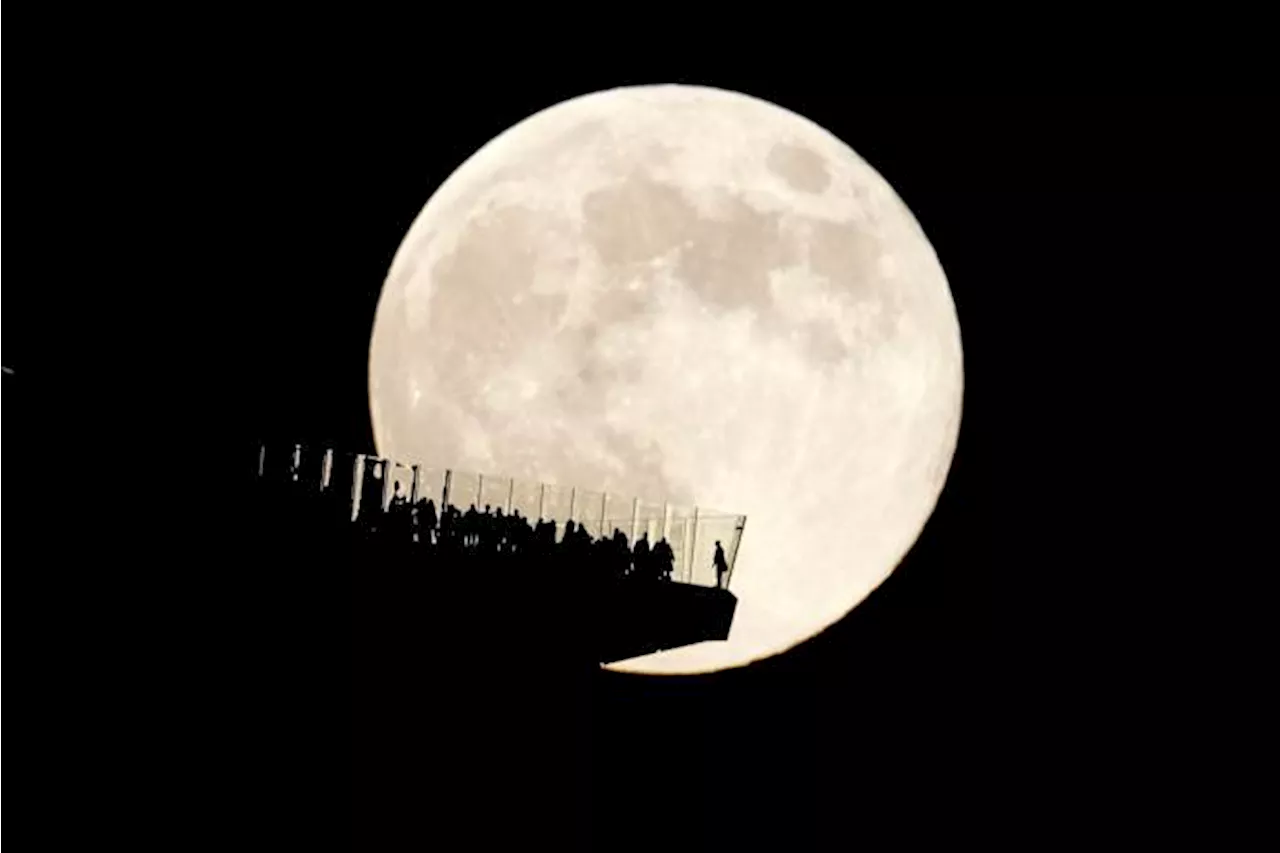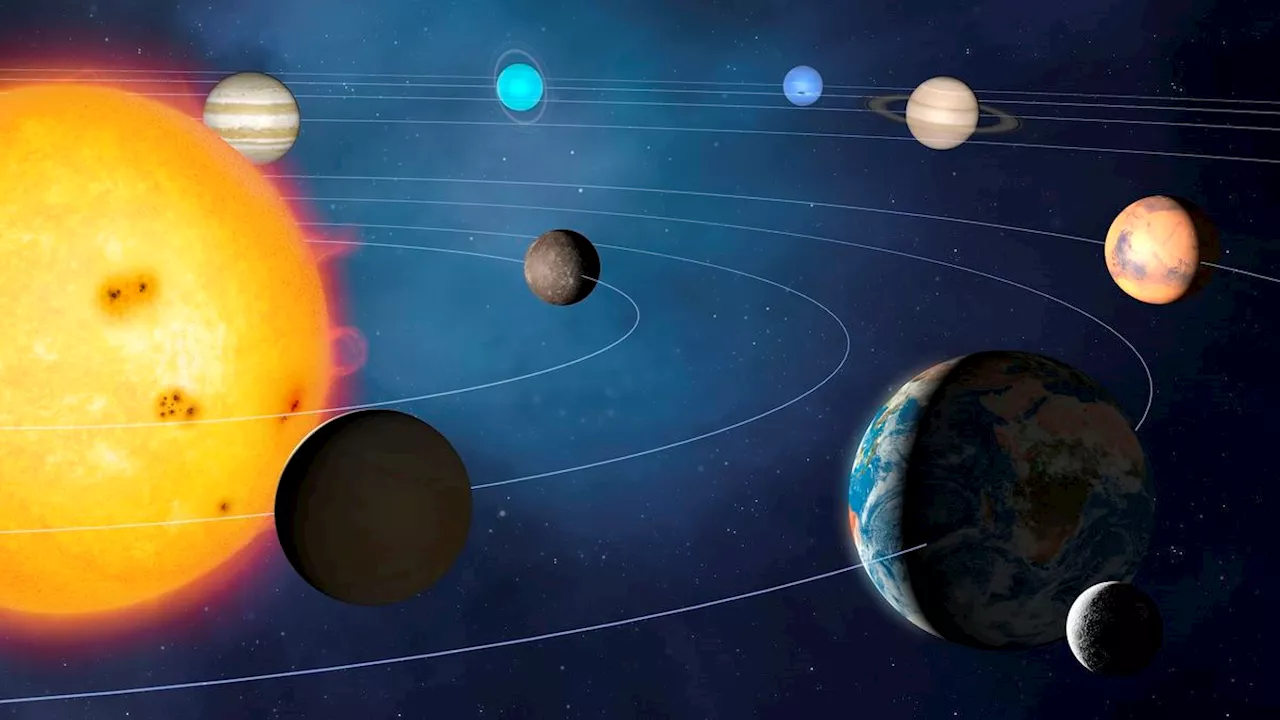This science and technology magazine article highlights the upcoming opportunity to see a spectacular alignment of planets in the night sky during January and March. The article explains how to view this celestial event, including the best dates and times, and mentions the visibility of planets like Jupiter, Mars, Venus, Uranus, Neptune, and Mercury. It also clarifies the misconception that planets are aligned during these 'parades'.
The ultimate action-packed science and technology magazine bursting with exciting information about the universeEngaging articles, amazing illustrations & exclusive interviewsAlthough the dark hours of Jan. 21 and 25 may be good times to see it, as various media outlets have publicized, this sight will not be restricted to one or two nights. It will be possible to see a giant arc of planets any clear night in January .
The effect will be striking — but an even greater sight can be had in the first week of March, when Mercury will join the fray.As Mercury closes in on its greatest elongation east on March 8, the tiny inner planet will be between Saturn and Venus close to the western horizon. For good measure, you'll also see a slim crescent moon just above the trio. Neptune, though invisible to the naked eye, will be alongside Mercury. Above will be Uranus , Jupiter and Mars.
However, the parade will eventually come to an end, with Saturn sinking into the sun's glare. It will be in solar conjunction on March 12, effectively ending any chance of a parade of planets. While they will all share the night sky at the same time, the planets are not aligned during these parades, as is often mistakenly claimed. All of the planets orbit theon the same plane, called the ecliptic. The ecliptic is the same path the sun takes in the daytime sky. As seen from Earth, whatever is on one side of the solar system is visible in the evening sky, and everything on the opposite side is present in the morning sky.
Jamie Carter is a freelance journalist and regular Live Science contributor based in Cardiff, U.K. He is the author ofand lectures on astronomy and the natural world. Jamie regularly writes for Space.com, TechRadar.com, Forbes Science, BBC Wildlife magazine and Scientific American, and many others. He edits
PLANETS ASTRONOMY SPACE NIGHT SKY CELESTIAL EVENTS
United States Latest News, United States Headlines
Similar News:You can also read news stories similar to this one that we have collected from other news sources.
 Cosmic Calendar 2025: Meteor Showers, Planet Parade and MoreThis new year brings exciting celestial events for stargazers. The article highlights key dates for the Quadrantids Meteor Shower peak, a planet parade featuring six visible planets, and other noteworthy astronomical occurrences throughout January.
Cosmic Calendar 2025: Meteor Showers, Planet Parade and MoreThis new year brings exciting celestial events for stargazers. The article highlights key dates for the Quadrantids Meteor Shower peak, a planet parade featuring six visible planets, and other noteworthy astronomical occurrences throughout January.
Read more »
 2025's celestial show: Six-planet parade, eclipses, and a supermoonGet ready for a spectacular year of celestial events in 2025, starting with a six-planet parade in January and culminating in multiple eclipses and a supermoon.
2025's celestial show: Six-planet parade, eclipses, and a supermoonGet ready for a spectacular year of celestial events in 2025, starting with a six-planet parade in January and culminating in multiple eclipses and a supermoon.
Read more »
 Disney magic shines through with Christmas Day parade special'Disney Parks Magical Christmas Day Parade' features your favorite parade and lots of fun performances.
Disney magic shines through with Christmas Day parade special'Disney Parks Magical Christmas Day Parade' features your favorite parade and lots of fun performances.
Read more »
 Disney magic shines through with Christmas Day parade special'Disney Parks Magical Christmas Day Parade' features your favorite parade and lots of fun performances.
Disney magic shines through with Christmas Day parade special'Disney Parks Magical Christmas Day Parade' features your favorite parade and lots of fun performances.
Read more »
 Rose Parade 2025: Live coverage from the Pasadena parade routeLive coverage: The 136th Rose Parade has begun. Our reporters and photographers will be along the parade route bringing you the sights and sounds that you won’t see on TV.
Rose Parade 2025: Live coverage from the Pasadena parade routeLive coverage: The 136th Rose Parade has begun. Our reporters and photographers will be along the parade route bringing you the sights and sounds that you won’t see on TV.
Read more »
![]() Rose Parade Icon Dies Just Hours After ParadeA beloved member of the Rose Parade community, Sundberg, passed away on New Year's Day 2024, after dedicating years to creating the iconic ROSE float.
Rose Parade Icon Dies Just Hours After ParadeA beloved member of the Rose Parade community, Sundberg, passed away on New Year's Day 2024, after dedicating years to creating the iconic ROSE float.
Read more »
